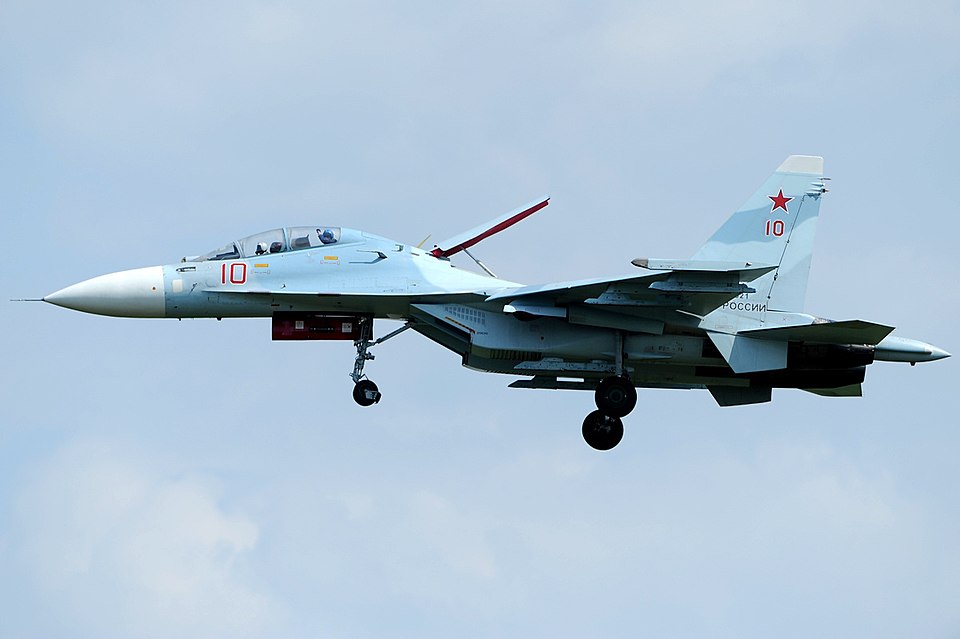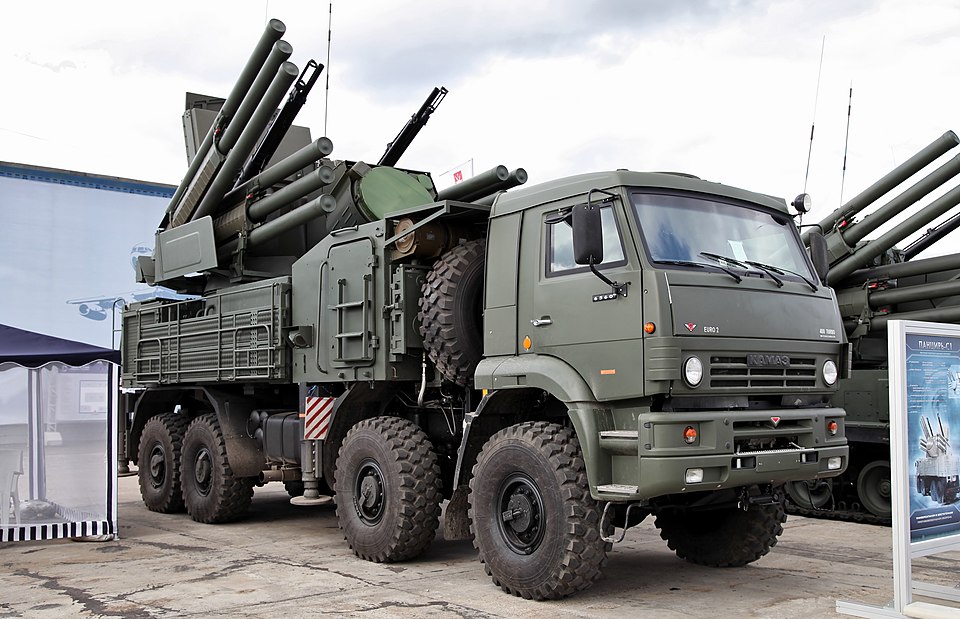
Could an overextended Russia, with its boots still mired in Ukraine, afford a dust-up with U.S. forces in its own backyard? The heightened U.S. military presence in the Caribbean and pleas by Venezuelan President Nicolás Maduro for foreign military assistance have revived speculation about Moscow’s intent-and ability-to intervene. Russia has nurtured relationships with Caracas that stretch back decades, but analysts caution those commitments are more rhetorical than operational.
Over the past weeks, the USS Gerald R. Ford carrier strike group and a flotilla of U.S. warships have moved close to Venezuelan waters on the pretext of counter-narcotics operations. But the extent of the deployment the biggest in the region since the Cuban Missile Crisis points to wider strategic objectives. Sanction-squeezed and economically collapsing, Maduro has been turning to Russia, China, and Iran for radars, missiles, and technical support. The Kremlin’s response has been a mixture of diplomatic solidarity, military posturing, and selective deliveries, but the limits of its reach are becoming clear.

1. Russia’s War in Ukraine Limits Its Bandwidth
After nearly four years of combat in Ukraine, Russia’s armed forces have suffered more than 1.1 million casualties by Kyiv’s estimates, while securing only about 20 percent of Ukrainian territory. Defense spending has surged to sustain the war effort, and Western sanctions have constricted Moscow’s ability to finance and equip its military. As such, Carlos Solar, of RUSI, told Newsweek, “I do not see Russia getting involved militarily in Venezuela in case of conflict with the United States.” The Kremlin’s focus remains on its immediate borders, leaving little capacity for a distant confrontation.

2. An ‘Illicit’ Partnership Rooted in Oil and Arms
Everything from oil ventures to arms sales to sanctions evasion has come to define the relationship between Russia and Venezuela-a union that Christopher Sabatini at Chatham House has labeled an “illicit” partnership. Caracas has purchased Russian tanks, air defenses, and fighter jets since Chávez came to power and recently ratified a strategic partnership agreement with Moscow. Yet even as Foreign Minister Sergey Lavrov has declared that Russia is “ready to fully act” in defense of Venezuela, analysts say such rhetoric often masks limited material commitments.

3. Venezuelan Military Capabilities and Weaknesses
On paper, the FANB has a regional advantage with its mixture of Su-30MK2 fighters, T-72 tanks, and S-300VM air defense systems. However, years of economic crisis have degraded readiness due to maintenance gaps and spare parts shortages. Supplementing the FANB’s 123,000 active personnel is a vast militia whose claimed size up to 8.2 million is disputed and whose training is inconsistent. This layered but ageing force would struggle against modern U.S. strike packages.

4. U.S. Military Buildup Signals More Than Drug Interdiction
The largest US presence since 1989, the arrival of the USS Gerald R. Ford and more than a dozen warships, 15,000 personnel, and advanced aircraft mark a significant deployment to the Caribbean. Officially framed as counter-narcotics, the scale of the deployment has led experts to suspect preparations for coercive action against Maduro’s government. Colombia and the UK have already scaled back intelligence sharing over concerns about the legality of recent US strikes on suspected drug vessels.

5. Russian Military Deliveries: Symbolism vs. Substance
Recent claims by Russian lawmaker Alexei Zhuravlev that Pantsir-S1 and Buk-M2E systems were delivered to Caracas highlight Moscow’s role as Venezuela’s primary arms supplier. He even floated the possibility of sending Oreshnik ballistic missiles or Kalibr cruise missiles. Yet these systems are in short supply, with Oreshnik still experimental and Kalibr production slowed by sanctions. Such transfers, if they occur, would be more about signaling resolve than altering the strategic balance.

6. Proxy Tools and Cyber Support
Unable or unwilling to deploy large forces, Russia may resort to proxy measures funding paramilitary groups, skirting sanctions, or providing cyber and signals intelligence. Past episodes, such as the landing of a sanctioned Russian cargo aircraft known for transporting defense equipment, suggest Moscow’s preference for low-footprint assistance. John Feeley, former U.S. ambassador to Panama, noted, “Putin won’t bet on a loser,” underscoring the Kremlin’s caution.

7. Maduro’s Appeals to Multiple Allies
Documents from the U.S. government show that Maduro has asked for radars, aircraft repairs, and missiles from Russia, China, and Iran. Of these, Russia has remained the most entrenched partner through decades of military and economic engagement. Still, Moscow’s wartime economy and reliance on other allies such as China and Iran limit its ability to extend substantial aid to Venezuela without jeopardizing its primary theaters of interest.

8. The Role of Venezuelan Militia Mobilization
Maduro’s announcement in August to mobilize 4.5 million militia members armed with rifles, MANPADS such as the Igla-S, and anti-tank weapons serves political as well as operational goals. While themselves unlikely to constitute a high-end integrated defense, dispersed militia forces complicate low-altitude U.S. air operations increase force protection requirements and act as a domestic control mechanism.

9. Strategic Risks for Moscow
Significant asset deployment to Venezuela risks antagonizing Washington in its proximate sphere of influence, undermining the relative thaw in U.S.-Russia relations under President Trump. Past precedents, such as Russia’s symbolic bomber deployments in 2008 and 2018, are indicative of Moscow’s preference for gestures over sustained commitments. Rhetorical support and limited arms transfers may be a safer way for the Kremlin to maintain influence without triggering direct confrontation. Russia’s calculus in Venezuela is shaped by its overstretched military, economic constraints, and the strategic costs of provoking the United States in the Caribbean.
The partnership with Caracas remains politically valuable, but Moscow’s contributions are likely to be selective-symbolic deployments, arms deliveries in limited quantities, and intelligence support-rather than a full-scale military defense. For the time being, the prospect of Russian forces engaging in direct combat with U.S. assets off the coast of Venezuela remains more a matter of geopolitical theater than imminent reality.


